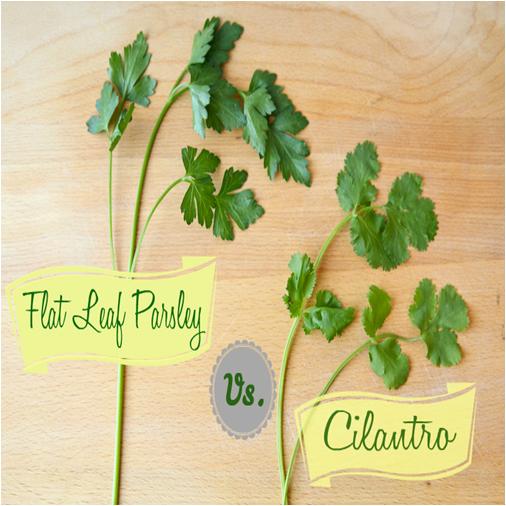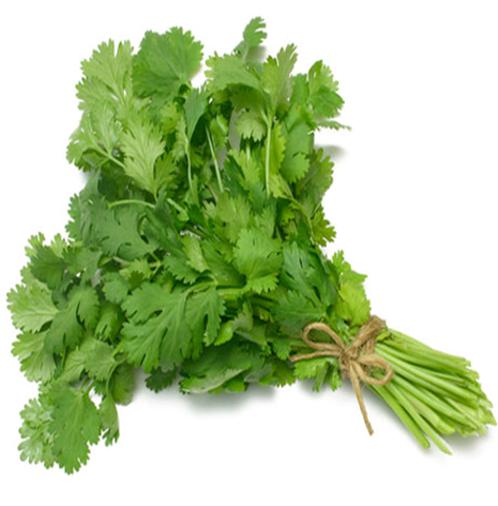Difference between Cilantro and Parsley

Cilantro and parsley are both fresh herbs from the botanical “Apiaceae family.” These herbs are essential in culinary use , in particular, and are commonly served as garnishes. They look similar as both contain green, flat and aromatic leaves. In reality, cilantro and parsley are two very different herbs. They are different in terms of culinary uses, flavor and structure. Moreover, they are native to different parts of the world. Learning the major differences between these two aromatic plants ensures you pair them with the right food items in order to achieve the best essence.
Cilantro is an annual herb, sown and harvested every year. Parsley, on the other hand, is a biennial herb.
All parts of cilantro are used in culinary activities. Its fresh leaves, stem and roots are used as key ingredients for garnishing while the dry powdered seeds are sprinkled over the top of the dishes for fragrant flavor. As for parsley only leaves are used to garnish dishes like soups, salads, stocks, curry etc.
Cilantro is native herb of South Western Asia, Mexico, Southern Europe and North America, whereas parsley is common in American, Middle Eastern and European cooking.
Cilantro’s leaves when chopped up have a strong, soapy, citrusy and perfume-like taste. Parsley’s chopped leaves have a grassy and mild taste.
Instructions
-
1
Cilantro
Cilantro, also known as coriander, dhania or Chinese parsley, is known all over the world for its amazing taste. Its rich history, tracec back to 5, 000 BC; it has been enjoyed in many cultures for its medicinal and culinary values.
Cilantro is rich source of potassium, vitamin A and beta carotene. It is known as anti-diabetic herb. It boosts insulin secretion, lowers the levels of low-density lipoprotein and soothes inflammatory effects.
Cilantro is commonly used to add flavor a wide variety of cuisines, including breads, pastries, sauces, soups, and chesses etc. Moreover, it is sometimes used to add fragrance to cosmetics and flavor to some alcoholic beverages.
Image Courtesy: countryliving.com
-
2
Parsley
Parsley, also known as garden parsley or Petroselinum crispum, is a fragrant short-lived herb with a bitter tang. All of its parts are edible and are therefore used for a wide range of culinary and remedial purposes.
It is natural powerhouse of important nutrients like vitamin A, vitamin C, iron, magnesium, potassium, zinc, calcium and folic acid. Its leaves are chopped and sprinkled over the top of the liquid cuisines like soups and stews etc.
The oil of the dry parsley seeds is extracted and used in the manufacturing of sweet smelling cosmetics, soaps and perfumes. It is the best home remedy for urinary tract infections, gastrointestinal disorders, kidney stones, cough, asthma, osteoarthritis, fluid retention, bruises, cracked or chapped skin, insect bites, tumors and constipation etc.
Image Courtesy: joyofkosher.com







